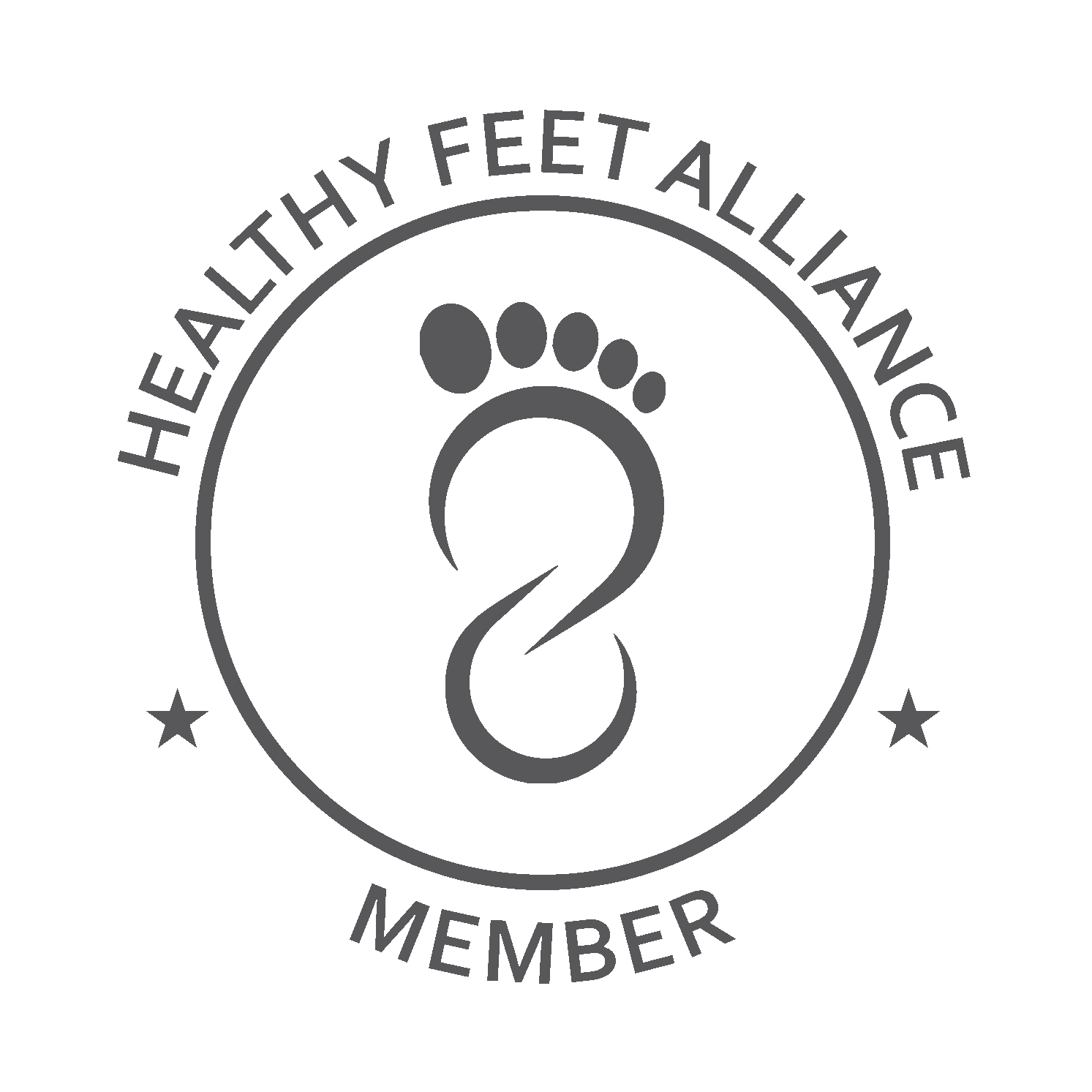There is no such thing as non-specific back pain.
Back pain is the symptom, and the key to eliminating it is to find the cause. An assessment will reveal what that mechanism is. Part of the assessment involves pattern recognition to figure out what makes your pain worse and what makes it feel better. I suggest you make a list with these two columns. What movements, postures and loads are triggering your back pain? What movements, postures or loads are pain-free? You can then start to see the patterns emerging of what could be keeping you sensitized and in pain.
For example, perhaps sitting at your desk, putting your socks on in the morning, and picking up your dog are painful activities for you, whereas fast-paced walking, lying on your tummy, and reaching your arms over your head are all relieving activities. This points to the initial hypothesis that spine flexion is a potential pain mechanism for you. A thorough assessment will reveal the nuances to the pain triggers unique to you and pick up any additional information to guide the best path to desensitizing your back.
How does this lead you in the right direction?
Let’s use the analogy of stubbing your toe. Every time you hit your toe in the same spot repeatedly, it becomes more sensitized and more painful. Doing rehab exercises on your toe won’t help remove the pain, until you first remove the cause: stop stubbing your toe.
The first stage to addressing a painful back is always removing the cause.
Instead of stopping all activity that causes pain, we find ways to achieve those same activities in a spine sparing and pain-free way. For example, teaching you how to brush your teeth in a pain-free way can be very empowering if this is an activity that has always triggered pain in the past! We use tools such as movement hacks, stabilizing strategies, and specific coaching tools based on the individual while winding down a sensitized back to avoid continuing to trigger the painful mechanism. Once we have wound down your sensitivity, we can move to stage two. Stage two focuses on building resilience and robustness to allow tissues to heal, adaptations to occur, and get you back to doing what you love pain-free.
Key takeaway from this post, quoted from Back Mechanic by Professor Stuart McGill:
“Finding and repeating pain-free motions in your back will cause the remaining painful activities to hurt less.”
We’ve got your back!
One of the benefits of having a mulitdisciplinary sports medicine and rehabilitation clinic is that we have a number of extremely qualified rehabilitation specialists all under one roof. Take a look at the robust team that we have at your disposal. We have physicians that can help with diagnosis, as well as help point you in the right direction of which team member or members might be best directed to care for you so that you can be reactivtated, and get back to living your best life.
As a McGill Method specialist and trainer, I can help you with identifying the cause of your back pain, help you develop a plan to rehabilitate your back, and then best of all give you the tools to prevent that back pain from coming back.
If you would like to explore this further, please take a moment to read more about the McGill Method and myself on this page. I look forward to reactivating you!





